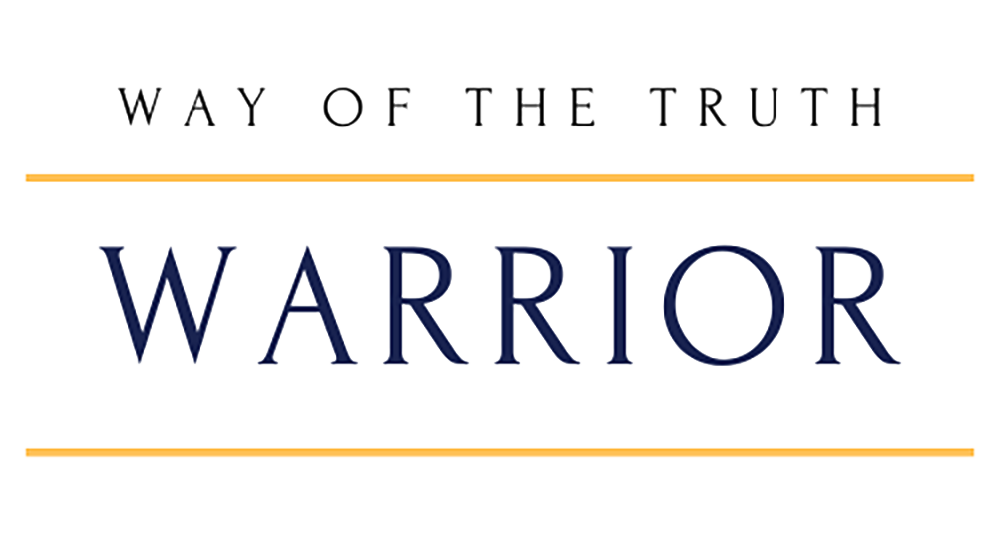There are a few unique use cases for AI image generators that you may not have thought about before. These include content marketing, social media, advertising, product design, and marketing campaigns.
AI image generators are able to create realistic images and videos from text. This is a major innovation that has opened up a variety of opportunities for creatives and businesses.
1. Content marketing
Content marketing is one of the most effective ways to drive sales and increase brand awareness. It includes audience research, topic selection, content creation and strategy management.
However, creating quality content can be time-consuming and expensive. AI Image Generator Unique Use Cases can help businesses produce content quickly, without sacrificing on quality or audience engagement.
Aside from generating text, AI-powered content generators can also generate images and videos. In addition, these tools can create thumbnails for social media posts that align with the content and brand message.
For example, a company that sells pain relief or supplements could use AI-generated images to create content that promotes its superiority over competitors. This type of marketing would appeal to consumers who have pain or headaches and are looking for alternatives.
2. Social media
The use of AI-generated images for social media is a popular trend, and there are many advantages to using them. Among them, they’re able to deliver personalized content that appeals to audiences.
However, there are also some negative impacts of this technology that must be considered. For example, if an image is generated with a person’s face in it, copyright concerns may arise.
As AI-based image generators become more widespread, it’s important to consider the ethical and social implications of their usage. By using an AI-driven integration platform, companies can prioritize responsible development and use of these tools to ensure their benefits are maximized while minimizing any potential negative consequences.
3. Advertising
AI image generators are a new generation of software that generates artistic images from text prompts. They have the potential to help marketers create eye-catching visuals for marketing campaigns, websites, and social media accounts.
While these tools can help save time and resources, it’s important to know that they don’t always produce the best results. In some cases, AI will create artwork that looks a little bit off, while in others it will produce images that don’t seem to match the text prompt at all.
For this reason, it’s crucial to find a tool that will give you the best results for your advertising campaigns. With a little research and understanding, you’ll be able to choose the right AI image generator for your needs.
4. Product design
AI image generators can be used for a variety of product design tasks, including 3D models, advertising, and blog posts. They are also an excellent option for creating images that can be sold as NFTs (non-fungible tokens) on blockchain platforms.
Whether you’re creating artwork or designing a product, AI can help you generate creative ideas faster than humans. However, it’s important to consider the ethical and social implications of using these tools.
To get the most out of an AI image generator, it’s important to write positive prompts that describe what you want to see instead of what you don’t. For example, concrete words like “a microscope” are easier for an AI to represent than abstract words like “floating sword?” or “clouds.”
5. Marketing campaigns
AI image generators can be a great way to add unique and visual content to marketing campaigns. They can also be a cost-effective alternative to hiring illustrators and graphic designers.
These tools use machine learning (ML) algorithms to create new images based on a set of input parameters or conditions. These parameters can include things like style, color, texture, and shape.
They can also be customized to create images that meet specific requirements or preferences. They can be scalable, allowing businesses to create large volumes of visual content quickly and efficiently.
While these tools are a great way to add unique and visuals to marketing campaigns, they can also be a risk when used improperly. For example, if a tool uses a small dataset that isn’t diverse, it could produce images that aren’t representative of the population as a whole. This can lead to discrimination and perpetuate existing inequalities.

0 Comments